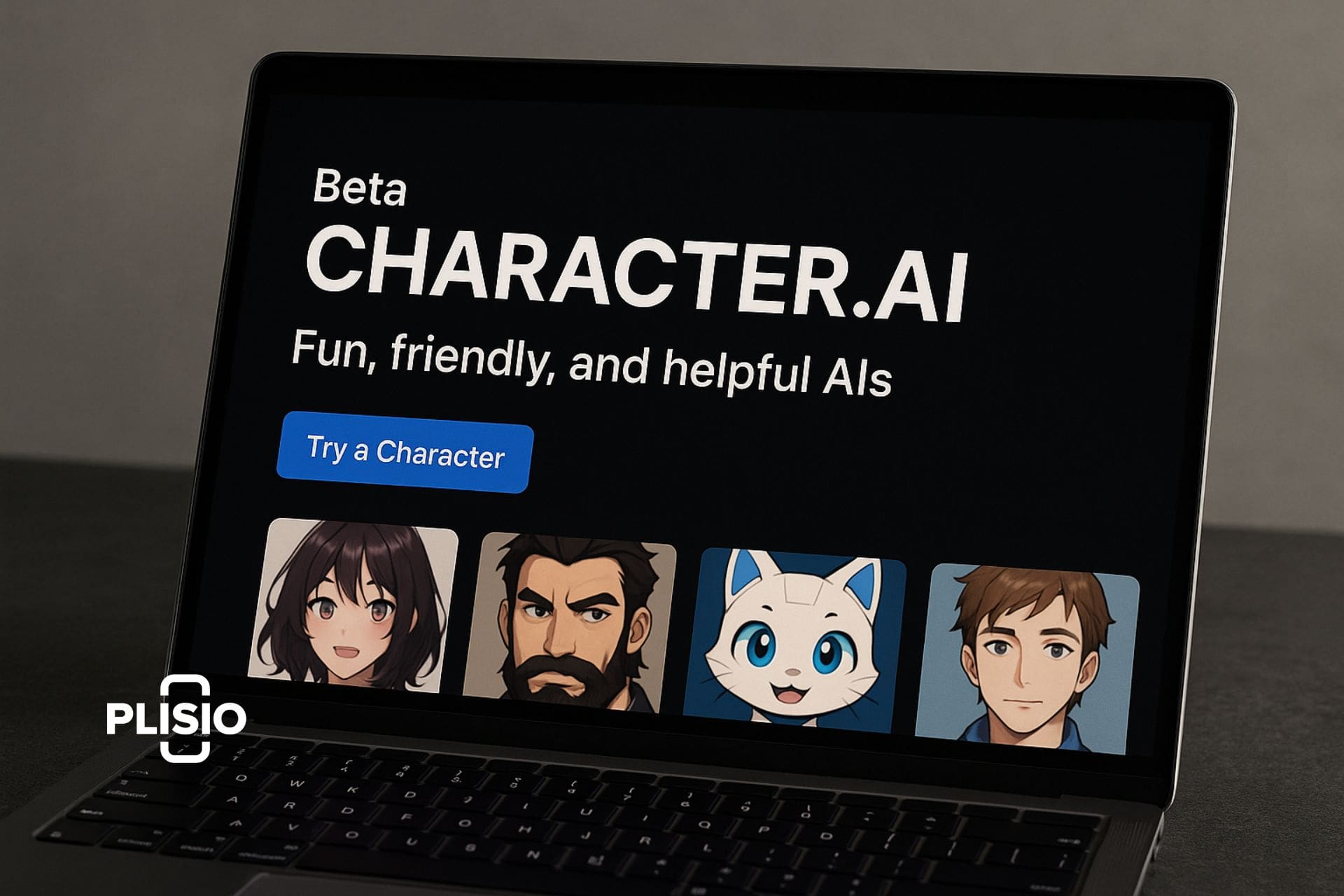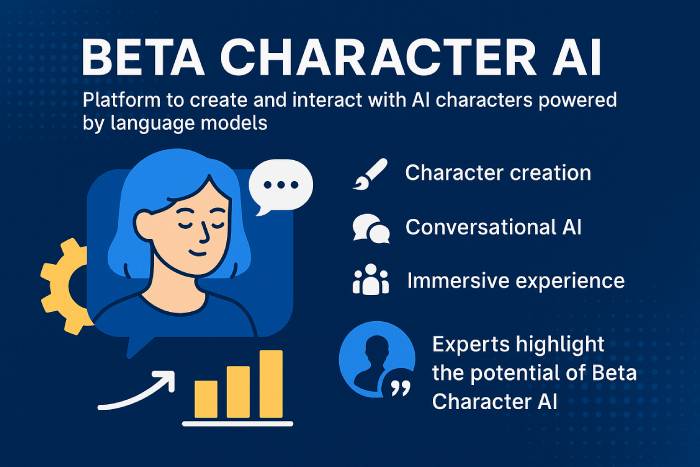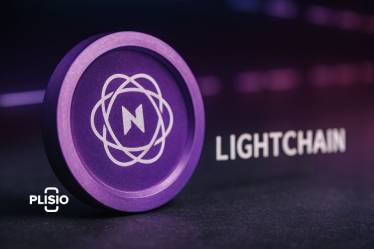What is Beta Character AI?

Beta Character AI marks a significant advancement in chatbot and artificial intelligence technology. This innovative AI tool was initiated in September 2022 by Noam Shazeer and Daniel De Freitas, both of whom are former Google developers from the company's AI team. Beta Character AI enables users to create and interact with AI characters, opening new doors in the world of digital characters and immersive experiences. Diverging from the traditional chatbot model, this conversational system emphasizes personalization and dynamic conversations that simulate human-like responses. This article will delve into the workings of Beta Character AI, discuss its unique features, enumerate its advantages, and consider its future potential in various sectors, including customer support and virtual assistants.
What exactly is Beta Character AI?
Beta Character AI is a cutting-edge web application designed to let users create characters and interact with personalized AI-driven personas. Powered by sophisticated neural language models and enhanced through machine learning, this AI tool facilitates the generation of realistic, human-like dialogues. Beta Character AI offers a new way to explore the power of artificial intelligence through creative writing, simulation, and interactive storytelling. Developed by innovators Noam Shazeer and Daniel De Freitas—both former Google AI team members—Beta Character AI officially launched in September 2022. Since its debut, it has become a favorite among tech enthusiasts. As of early 2025, the platform has over 20 million registered users and hosts more than 500 million AI-generated characters. Daily conversations exceed 40 million interactions, reflecting the rising demand for AI-powered, conversational tools across age groups and industries.
Dr. Elena Foster, an AI ethics researcher at the University of Edinburgh, commented: "Beta Character AI represents a powerful evolution in how people engage with artificial intelligence. Its success lies in blending language modeling with user creativity, while raising important questions about AI behavior, bias, and emotional influence."
Key Features of Beta Character AI
Beta Character AI offers several standout features that make it both powerful and user-friendly:
- Character Creation and Customization: Users can personalize their AI characters by assigning names, writing detailed descriptions, and defining personalities, backgrounds, genres, and affiliations. This level of personalization is crucial for building characters that reflect real-world scenarios and unique user needs.
- Conversational Interface: The clean and intuitive chat interface enhances the user experience, allowing users to engage in immersive and dynamic conversations through text boxes or speech bubbles.
- Community and Sharing: Beta Character AI promotes community engagement. Users can share their AI characters, provide feedback, and interact across popular platforms like Discord, Reddit, Twitter, Facebook, and Instagram. In 2025, the platform's Discord server surpassed 2.5 million active members.
- Creative Tools: Whether you're interested in language learning, storytelling, or brainstorming, Beta Character AI is an excellent tool for developing skills and generating new ideas. It is especially useful for writers and developers exploring the boundaries of AI-powered communication.
These features show why Beta Character AI is a leading platform for anyone eager to use Beta Character AI for both entertainment and educational purposes.
How Does Beta Character AI Work?
Beta Character AI leverages neural language models and machine learning algorithms to simulate intelligent conversations. Here's how it works:
- Language Models: At its core, Beta Character AI uses advanced AI language models trained on massive text datasets to generate believable and empathetic dialogue.
- User Input: The system tailors responses based on the character creation inputs provided by users, ensuring conversations stay consistent and personalized.
- Context Awareness: Beta Character AI tracks previous chat history to maintain coherent and relevant conversations.
- Adaptive Learning: By continuously learning from interactions, the AI improves its understanding of character roles and user expectations. Multi-
- Turn Dialogue: The chatbot manages complex, multi-step interactions that simulate natural, back-and-forth dialogue.
"What sets Beta Character AI apart is its real-time adaptation to user intent," explains Matthew Lin, CTO of Sentient Interfaces Inc. "It’s not just responding to text — it's modeling tone, persona, and context, which is a major leap from traditional chatbots."
By combining these elements, Beta Character AI offers a platform where digital characters come to life in ways that were once thought impossible.

A Step-by-Step Guide to Getting Started with Beta Character AI
To begin exploring the potential of Beta Character AI, follow this step-by-step guide:
- Step 1: Create an Account
Visit the official website and sign up. Creating an account is necessary to access character AI features and engage in chats. - Step 2: Explore Characters
Look through existing AI characters to understand what others have created. This can provide inspiration and show how AI character personalization works. - Step 3: Character Creation
Click “Create” to build your AI character. Define their attributes, including name, backstory, personality traits, and more. - Step 4: Chat and Interact
Start conversations with your AI-powered characters using the intuitive chat interface. - Step 5: Refine and Share
Edit and improve your characters and conversations over time. Share them with others on the platform or through social media. - Step 6: Engage the Community
Use Beta Character AI’s social features to connect with other users and gain insights on improving your digital characters.
Following this process helps unlock immersive experiences and new applications of artificial intelligence.
Challenges and Limitations of Beta Character AI
While Beta Character AI is a powerful AI tool, it also faces several challenges:
- System Updates: These may temporarily affect AI behavior but are designed to improve long-term performance.
- Memory Limits: Some chatbots may not remember long past interactions, a limitation being improved through algorithm updates.
- Inappropriate Content: The platform uses filters to reduce rudeness and ensure empathetic, appropriate responses based on context.
- Factual Accuracy: Efforts are ongoing to reduce errors in AI-generated facts.
- Visual Generation: Beta Character AI occasionally struggles with visual consistency and accurate renderings of digital characters. Pop Culture and
- IP: Due to copyright constraints, the AI may creatively simulate known characters rather than replicate them exactly. Emotional
- Intelligence: Although human-like in language, the AI still lacks deep emotional comprehension in sensitive situations.
- Bias and Stereotypes: As with all AI, ongoing refinement is needed to address training data biases and promote fair, unbiased responses.
Despite these limitations, Beta Character AI is available to anyone looking to experiment with virtual assistants, character building, and customer satisfaction solutions. As of 2025, 67% of users report improved creative productivity after using Beta Character AI, and over 45% have integrated it into real-world projects, including customer support simulations and game development.
"The challenge is not just building AI characters — it’s managing their growth responsibly," says Dr. Louis Grant, senior AI policy advisor at the European Digital Society. "As platforms like Beta Character AI scale, transparency, safety, and ethical alignment become critical."
The Role of AI in Digital Character Development
AI plays a transformative role in how digital characters are built and used today. From historical ideas of artificial beings to modern-day character AI tools, this evolution has deep roots. In the 20th century, AI development advanced from theoretical foundations to real-world applications through the creation of chatbots, machine learning, and conversational systems.
In the 21st century, deep learning and generative AI have allowed creators to simulate more sophisticated, responsive, and believable AI characters. These AI-powered tools now drive storytelling in games, training simulations, customer support, and more. According to a 2025 report by the Global AI Market Review, the use of AI characters in educational software and virtual training programs has grown by 300% since 2022.
Today, character AI is available to developers and creators worldwide, enabling them to personalize experiences and transform digital interactions through realistic, AI-driven personas.
By integrating AI into virtual character design, the line between scripted entertainment and spontaneous, intelligent interaction continues to blur — opening the door to more engaging, creative, and empathetic technologies for everyone.
Historical Context of Artificial Intelligence and Character Creation
The idea of crafting artificial beings dates back thousands of years. Ancient myths like the Golem of Prague or the bronze automaton Talos in Greek mythology show humanity’s early interest in artificial life. These stories reveal an age-old curiosity: can we create something in our own image that can think, act, and feel?
During the Renaissance, thinkers like Paracelsus were said to experiment with creating homunculi—artificial humans made through alchemical processes. In the 17th and 18th centuries, mechanical automatons and inventions by innovators like Blaise Pascal and Gottfried Wilhelm Leibniz laid intellectual foundations for machines capable of logic and calculation.
These philosophical and mechanical milestones gradually paved the way for modern artificial intelligence. Today, through platforms like Beta Character AI, we see these ancient dreams materialize in real-world technology—offering personalized, conversational AI characters that not only simulate human-like behavior but also enrich our digital lives in ways previous generations could only imagine.




